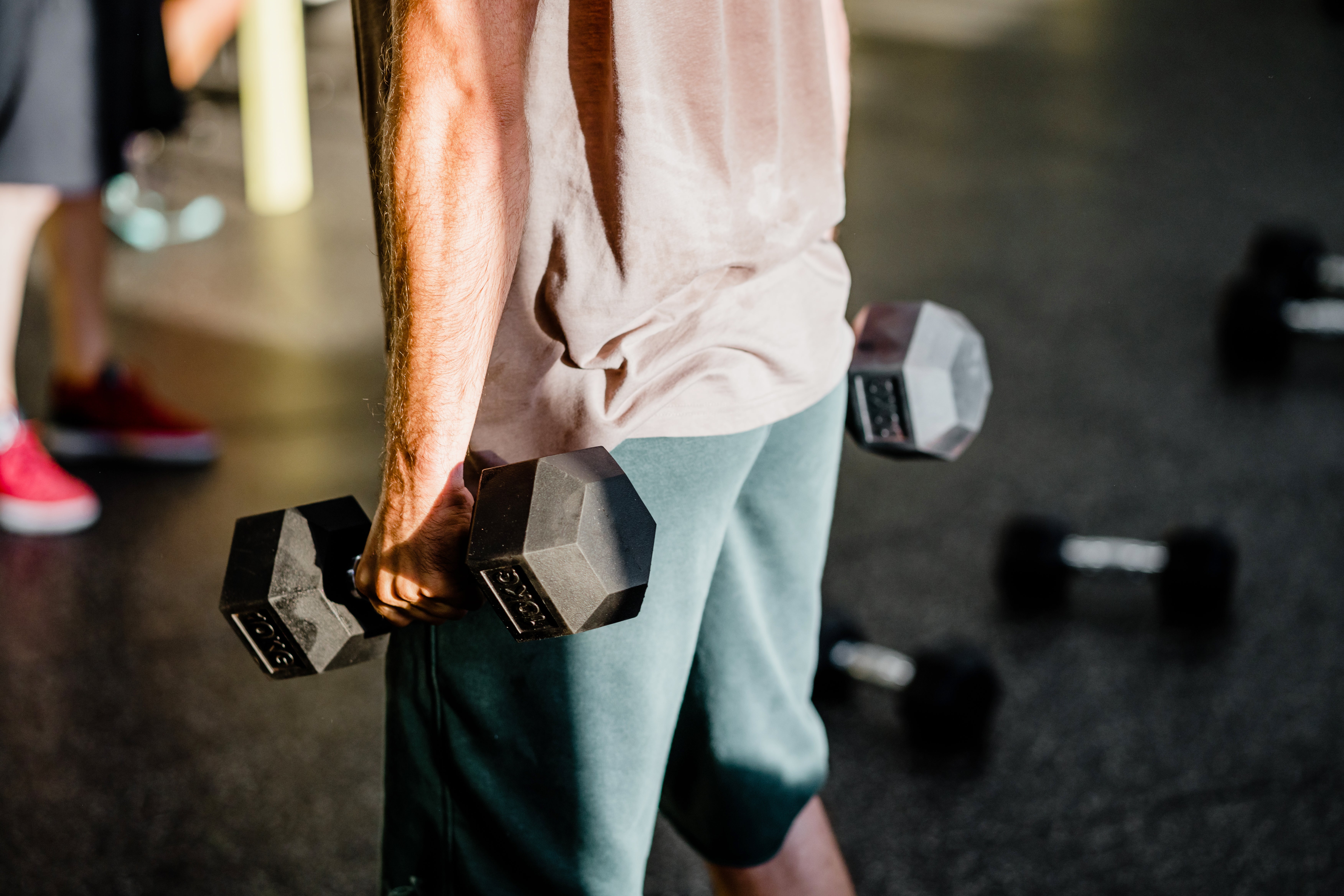Have a tennis ball in your garage? It may unlock clues into your lifespan.
A quick test of strength with a tennis ball may be able to tell you if you’re going to live to 100 years old. Well, grip strength is the amount of force with which a person can squeeze their hand. By around the age of 50, it tends to decline, due to the natural loss of muscle mass.
“You can’t prevent the decline, but you can slow it down,” Jennifer Schrack, an epidemiologist and director of the Center on Aging at Johns Hopkins, recently told TIME.
Physicians have found that a person’s grip is a good indicator of their health and longevity, and can help to assess overall musculoskeletal strength.
So good grip strength with a tennis ball might tell you whether or not you’ll make the century mark.
A Finnish study found that participants who became centenarians had the highest grip strength, compared to others in their study.
However, according to researchers, it can also be indicative of biological age, indicating whether the body is functioning better or worse than its chronological age. More muscle strength could be good for survival, while weaker muscle strength makes it more likely a person will die sooner should they develop a chronic medical problem, according to Harvard Medical School’s Dr. Howard LeWine.
Other studies have linked a decline in grip strength to worrying conditions, including heart disease, arthritis, type 2 diabetes, cancer and osteoporosis.
“This has led grip strength to be considered an important biomarker when assessing health, particularly in older adults,” UCLA Health says.
These and related findings have led to methods of assessment such as the tennis ball “squeeze test.”
"Simply squeeze it for as long as you can before your grip fatigues. Being able to maintain a maximal squeeze on something like a tennis ball for 15-30 seconds would be a good standard to strive for,” Joshua Davidson, a strength and conditioning researcher at the University of Derby, told the BBC.

The test works the hand muscles. UCLA Health also recommends wringing out a wet towel, hanging from a pull-up bar, lifting a weight with pinched fingers and carrying dumbbells as you walk.
“These work various combinations of muscle groups and improve your crush, pinch and support grips,” its doctors said.
Over time, people should see improvements in their grip. But, working any muscles in the lower and upper body may improve grip strength. The Centers for Disease Control and Prevention says adults need two days of muscle-strengthening activity each week, in addition to at least 150 minutes of moderate-intensity physical activity.
“You can work out at home either using specialist equipment or just things you have around the house. Two to three sets of single-arm wrist curls, with reps of between 10 and 20, is a good exercise to start with. If you have a kettlebell at home, bicep curls are also good exercises to try,” he said.
There’s a link between how much you pay in taxes and how high your cancer risk is
Care homes under threat as family visa crackdown blocks 100,000 workers
‘Social care will collapse’: Readers react to family visa crackdown
Oldest patients face longest A&E waits as doctors say system ‘failing’ the vulnerable
These simple steps can fight puffy ‘panda eyes’
NHS trust declined to refer nurse to regulator over sexual assault allegation







